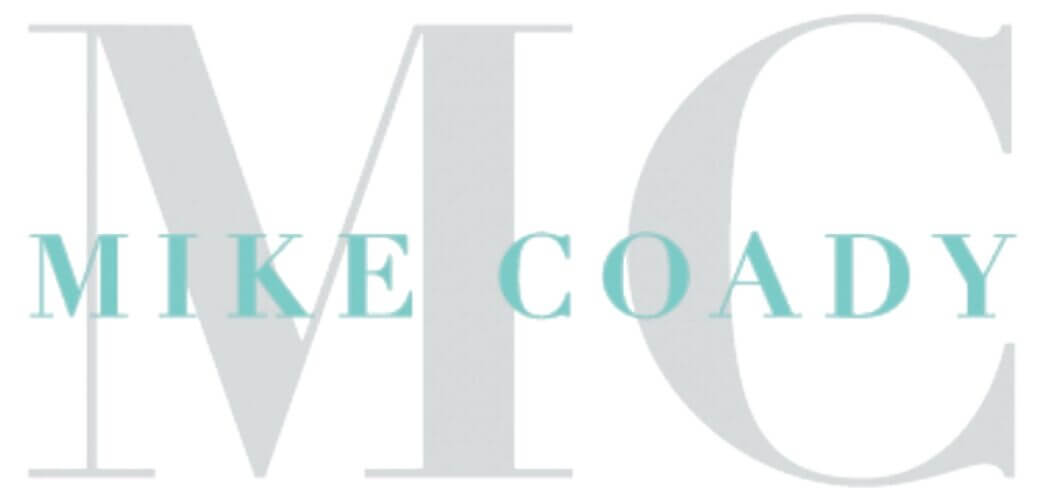
Home UK Residents: Would you pay less tax if you lived abroad?

UK Residents: Would you pay less tax if you lived abroad?
|
Getting your Trinity Audio player ready...
|
Tory leadership have over the last few weeks been promising tax cuts in view of the potential of a no-deal Brexit.
Boris Johnson says he wants to raise the point at which people pay higher rate income tax from £50,000 to £80,000.
Their plans matter because tax underpins everything the government does. The money raised is spent on everything from schools to the NHS.
So, where does the UK get most of its money? And how does it compare with other countries?
How much tax are people paying?
The amount of money the UK government is collecting through taxes is at a historical high.
UK tax revenues as a share of national income – the total amount of money the country earns – are greater than at any time since the 1960s.

The taxes that many of us are most aware of are income tax and National Insurance contributions (NICs).
These are the sums of money on a payslip that never reach our bank account, along with pension contributions or student loan repayments.
Together, they bring in just under half of all taxes collected in the UK.
How much tax is deducted from your income depends on how much you earn. Those on higher salaries pay a higher share of their income in tax.
An employee earning £28,000 – a middle income earner in the UK – will pay nearly £6,000 in income tax and NICs. On top of this, their employer has to pay nearly £3,000 in employer NICs.
Overall, that means that about 28% of the cost of employing them ends up in the hands of the government.
Half of the cost of employing someone on £340,000 – 10 times higher than the average full-time UK employee – goes on tax.
What’s it like in other countries?
The UK is in the middle of the pack when it comes to how much tax it raises overall.
But many other European countries have much higher taxes on workers’ salaries.
For example, if the UK imported the French tax system, not 28% but 48% of the cost of employing someone on £28,000 would be paid in tax. That’s a big difference – £10,000 extra for the government.

The average rate for the higher earner would increase from 51% to 67% if the UK imported the Belgian tax system. That would be an extra £91,000 in tax revenue.
The countries that raise more in tax than the UK almost all do this by raising more from income tax and social security contributions.
Compared with European countries, the UK stands out most in its relatively light taxation of middle earners’ incomes. Rates for high earners are closer to those seen elsewhere.
If the UK imported the tax system of another European country that raises more tax, average rates would increase for high earners but middle earners would be the most affected.
What other taxes does the government collect?
The amount the UK raises from other taxes is similar to that of other developed countries.
For example, VAT – the 20% tax charged when we buy many goods – is close to levels seen elsewhere. The same goes for corporation tax – the 19% charged on businesses’ profits.
Income tax, social security contributions and VAT are the three largest taxes in all developed countries.
They typically bring in over 70% of total government income from taxes.

But, similarities in the amounts raised by certain taxes can mask important differences in who is paying them.
In the UK, zero or reduced rates of VAT are charged on many items, including food or children’s clothes.
Together, these reduced rates cost £53bn each year.
This approach is intended to help those on lower incomes. However, because richer households spend most on these items, they benefit more.
An alternative approach could be to apply the full 20% VAT rate to a wider range of goods, to raise more money. This could be used to fund benefits or income tax cuts for those who are less well-off.
Careful choices
Whether we choose to have higher or lower taxes matters for the level and quality of public services the government provides.
Analysis by the Institute for Fiscal Studies suggests that the government tax plans would cost the government tens of billions of pounds.
There is a lot to think about.
For example, pressures will continue to grow on the NHS, largely because of our ageing population. That will make health and social care more expensive.
It is likely that we will need higher taxes in future if we want to maintain the quality of public services. But how we raise tax can be just as important as how much we raise.
Whatever choices we make, we need to keep one important thing in mind – who’s paying?
For discussions on your taxation, whether you are thinking of becoming an expat or returning back to the UK, get in touch HERE
Mike Coady is an award-winning financial expert and a well-known leader in the financial industry.
Having taken two of his previous firms to Chartered Status in the UK and also achieved the prestigious National IFA of the Year Award – Highly Commended.
Mike is qualified to UK Financial Conduct Authority (FCA) standards, a member of the Chartered Insurance Institute, a Fellow of the Institute of Sales Management (FISM), and a Fellow of the Institute of Directors (FIoD).
Blog originally posted by the BBC.
Related
You May Also Like

43 Top Money-Saving Tips for Western Expats in the Middle East – A Comprehensive Guide
Navigating the cost of living as a Western expat in the Middle East can be a unique challenge,...

The Expat Investor’s Guide Beyond the S&P 500
Introduction Hello from Dubai! I'm Mike Coady, an experienced financial adviser and money coach. In my extensive interactions...

EXPATS: Why Bother with a Financial Adviser?
Introduction: Who needs a financial adviser, right? After all, managing complex financial matters such as wills, insurance, investments,...
DISCLOSURE:
mikecoady.com, the website, does not provide financial, investment or tax advice. It is specially designed to provide its users with general information. It does not give individual or specific advice on which products or services are the most appropriate for an individual’s particular circumstances. We may from time to time publish content on this site that has been created by affiliated or unaffiliated contributors.




